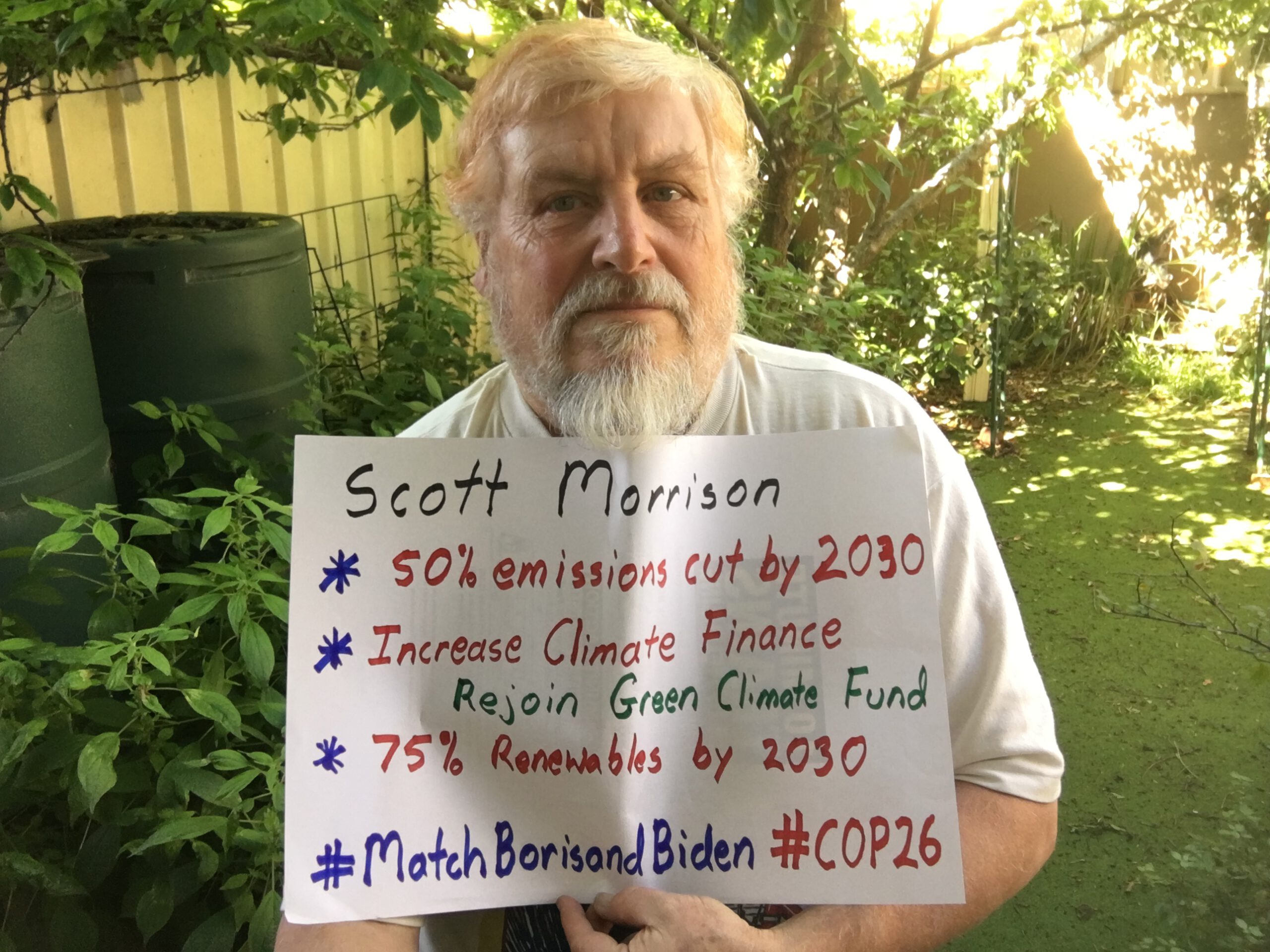- Satellite Captures More Ground Shifts Across Turkey - April 18, 2025
- New Climate Lawsuits Aim to Hold Governments Accountable - April 10, 2025
- 10 Places Where the Weather Is Stranger Than Fiction - April 5, 2025
The Paris Agreement: A Brief Overview
The Paris Agreement, adopted in 2015, stands as a monumental accord in global efforts to combat climate change. It was designed to bring nations together, with the goal of limiting global warming to well below 2 degrees Celsius above pre-industrial levels. Nearly every nation on Earth signed up, pledging to curb emissions and enhance efforts to tackle climate change. This accord symbolized hope for a unified front in the face of an environmental crisis. It was a commitment, a promise to future generations, that the world would fight to preserve the planet. Countries set their own targets, known as Nationally Determined Contributions (NDCs), to reduce greenhouse gas emissions.
The Trump Administration’s Stance on Climate Change
When Donald Trump took office in 2017, his administration’s approach to climate change took a sharp turn. Trump had long been skeptical of climate science, famously labeling climate change a “hoax” on social media. His administration prioritized economic growth and energy independence, often at the expense of environmental concerns. This led to a series of regulatory rollbacks aimed at reducing what he saw as burdensome regulations. Trump’s perspective was that these rules were stifling innovation, job creation, and the economy. The administration’s stance was clear: America first, even if it meant sidelining climate commitments.
Withdrawal from the Paris Agreement
In June 2017, Trump announced the United States’ withdrawal from the Paris Agreement, a decision that sent shockwaves across the globe. He argued that the accord was unfair to the U.S. and detrimental to its economy. This move positioned the U.S. alongside only a couple of countries that were not party to the agreement, such as Syria and Nicaragua. The withdrawal was not immediate; it took effect in November 2020, marking the U.S. as the first nation to formally leave the accord. Critics feared this would weaken global efforts to combat climate change, as the U.S. was a major emitter. The decision drew widespread condemnation from environmentalists, scientists, and global leaders.
Impact on Environmental Regulations
The Trump administration systematically rolled back numerous environmental regulations during its tenure. These rollbacks included reducing the scope of the Clean Air Act and altering the Clean Water Rule. The administration also relaxed regulations on methane emissions, a potent greenhouse gas. The Environmental Protection Agency (EPA) was directed to ease restrictions on fossil fuel industries, such as coal and oil. This deregulatory agenda was seen as a boon to industry but a setback for environmental protection. The changes were justified by the administration as necessary for economic growth and job creation in sectors like energy and manufacturing.
Economic Justifications and Criticisms
Trump’s justification for these actions was rooted in economics. He argued that the Paris Agreement and other environmental regulations were costing American jobs and hindering economic growth. The administration claimed that by exiting the agreement, the U.S. would save billions of dollars and protect industries. However, critics pointed out that these short-term economic gains could lead to long-term environmental and economic damage. Climate change poses risks to infrastructure, agriculture, and human health, which could incur substantial costs in the future. The debate highlighted the tension between immediate economic interests and long-term environmental sustainability.
The Role of Fossil Fuels in Trump’s Policies
Fossil fuels played a central role in Trump’s energy policies. His administration aimed to revive the coal industry, granting leases for coal extraction on federal lands. Oil and natural gas production were also emphasized, with the goal of achieving energy dominance. These policies were intended to secure energy independence and boost domestic production. However, they drew criticism for prioritizing short-term gains over sustainable energy solutions. Environmentalists argued that the focus on fossil fuels ignored the pressing need to transition to renewable energy sources.
Global Reactions and Consequences
The international community reacted with concern and disappointment to Trump’s climate policies. Many feared that the U.S. withdrawal from the Paris Agreement would undermine global efforts to combat climate change. European leaders, in particular, reaffirmed their commitment to the accord and urged other nations to do the same. Some countries even strengthened their climate commitments in response. The U.S. withdrawal highlighted the importance of global cooperation in addressing climate change. It also raised questions about the role of leadership in driving collective action.
The Biden Administration’s Reversal

With the election of Joe Biden in 2020, the U.S. saw a dramatic shift in climate policy. Biden prioritized rejoining the Paris Agreement, a move he enacted on his first day in office. His administration set ambitious targets for reducing greenhouse gas emissions and investing in clean energy. The focus shifted from fossil fuels to renewable energy sources like wind and solar. Biden’s climate agenda aimed to restore America’s leadership in global climate efforts. This shift was seen as a crucial step in addressing the climate crisis and rebuilding international trust.

